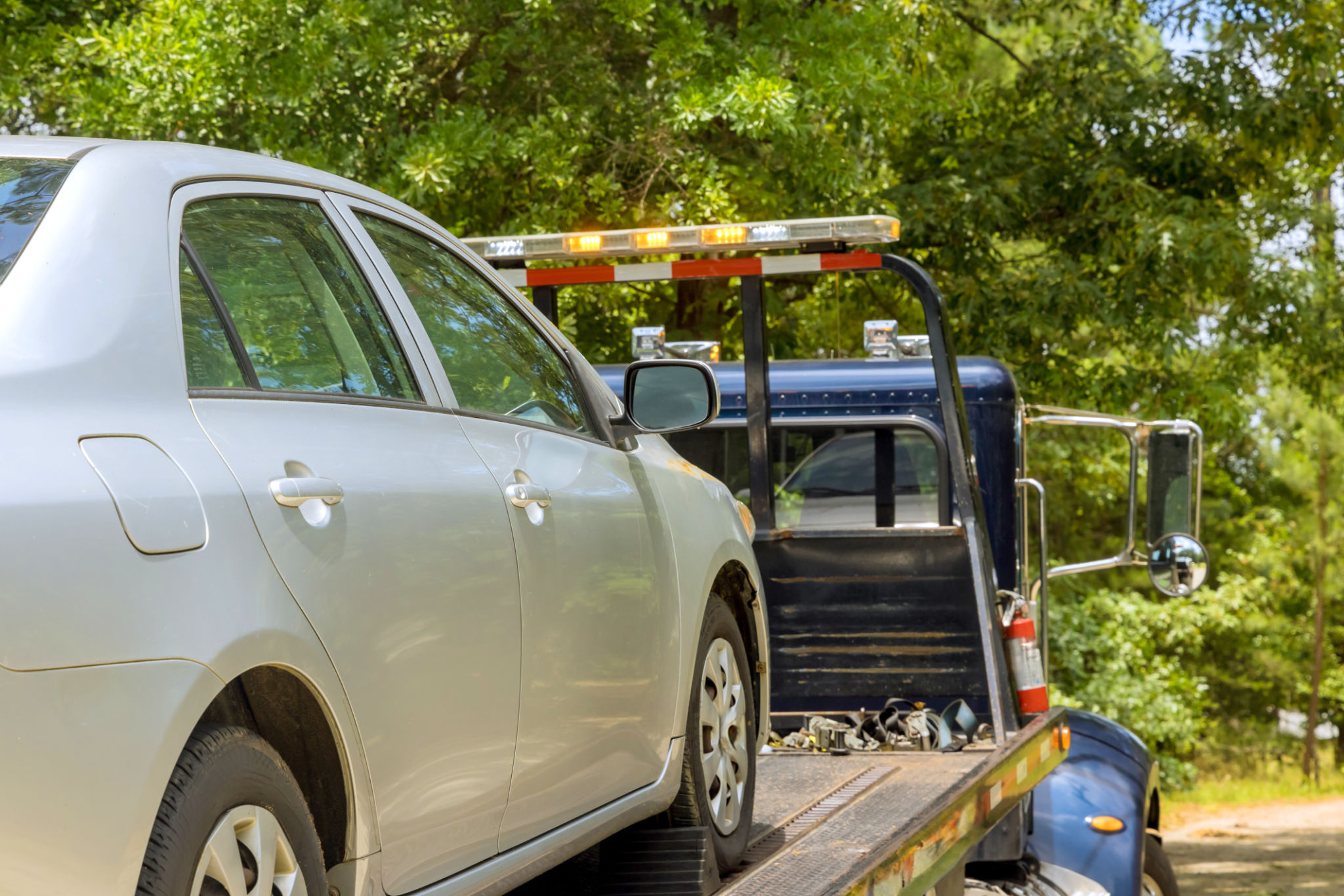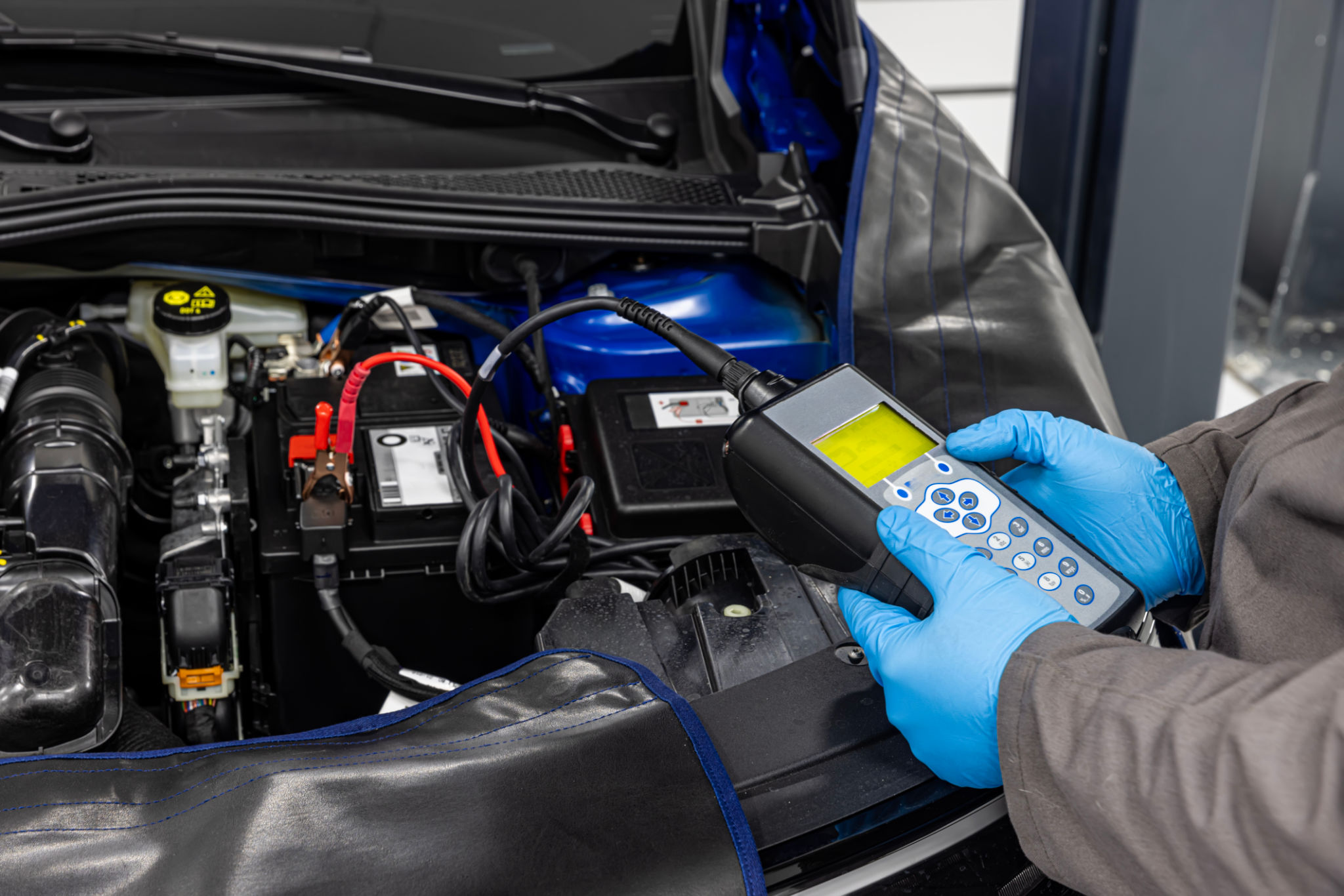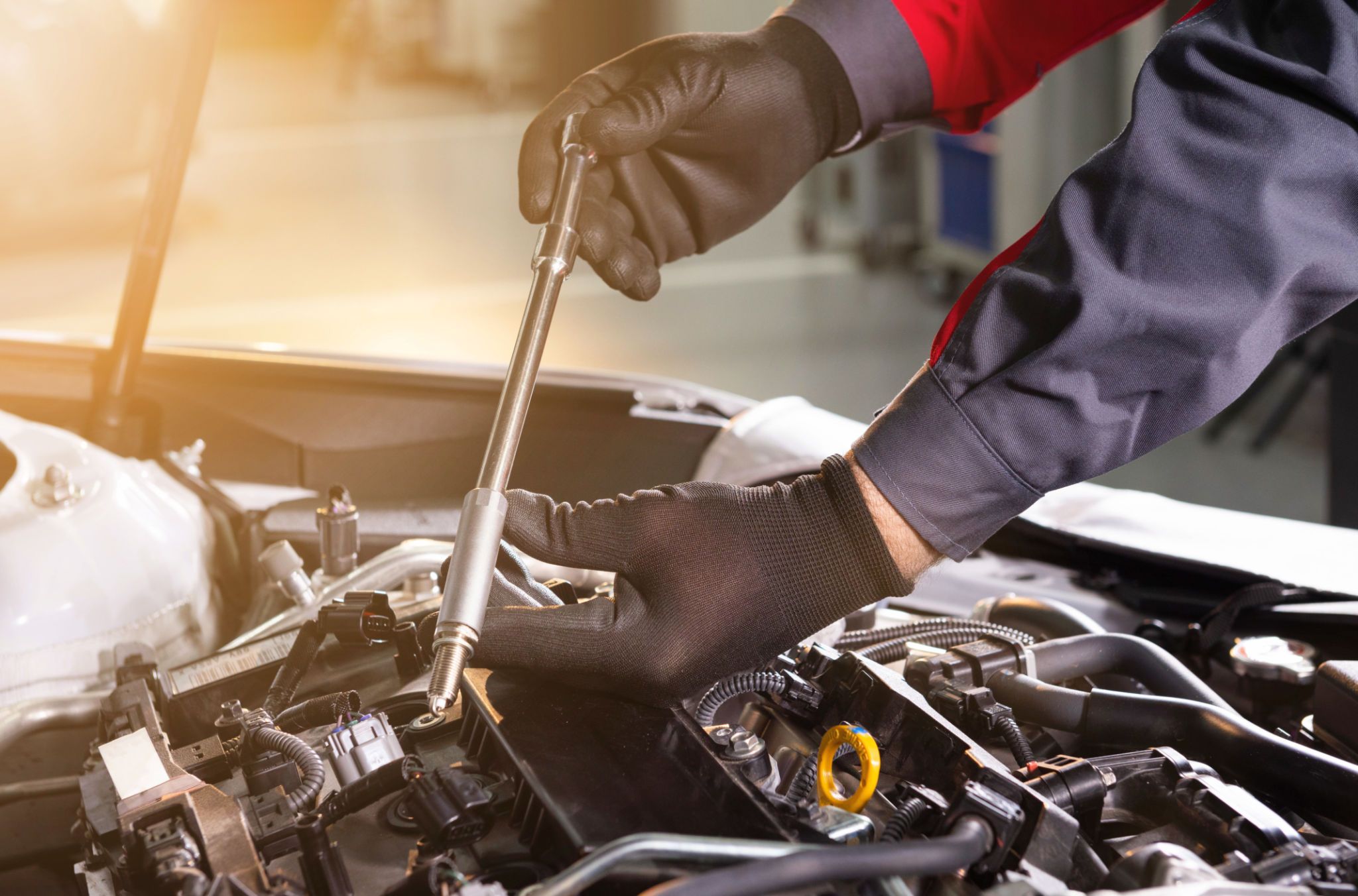DIY Roadside Assistance Tips Before Calling a Professional
Stay Calm and Assess the Situation
Encountering a roadside issue can be stressful, but it's crucial to remain calm and assess the situation thoroughly. Before taking any action, ensure you are in a safe location, away from traffic. Turn on your hazard lights to alert other drivers of your presence.
Once you're safely parked, take a moment to evaluate what might be wrong with your vehicle. Common issues include flat tires, dead batteries, or overheating engines. Identifying the problem will help you decide which DIY solutions to try before calling a professional.

Check Your Tires
A flat tire is one of the most common roadside problems. If you suspect a flat tire, inspect all the tires for visible damage such as punctures or tears. If you find a flat, use your spare tire if available. Make sure you have a jack and lug wrench handy to change the tire safely.
To change a tire, follow these steps:
- Loosen the lug nuts slightly before raising the car with the jack.
- Once elevated, remove the lug nuts completely and take off the flat tire.
- Place the spare tire onto the hub and hand-tighten the lug nuts.
- Lower the vehicle and tighten the lug nuts fully with the wrench.
Managing Battery Issues
If your car won't start and you suspect a dead battery, a jump start might be all you need. Keep a pair of jumper cables in your vehicle for such emergencies. You'll also need another vehicle with a working battery to assist with the jump start.
Follow these steps for a safe jump start:
- Park both vehicles close enough for the cables to reach both batteries.
- Attach the red cable to the positive terminals on both batteries.
- Connect the black cable to the negative terminal on the working battery and ground it on an unpainted metal surface of the dead car.
- Start the working vehicle and let it run for a few minutes before attempting to start your car.

Handling Engine Overheating
An overheating engine can quickly turn into a serious problem if not addressed promptly. If you notice your temperature gauge rising or steam coming from under the hood, it's important to pull over immediately and turn off your engine to prevent further damage.
Allow the engine to cool down before opening the hood. Once cooled, check the coolant level; low coolant is often the culprit for overheating. If needed, top up with coolant or water if coolant isn't available. Do not open the radiator cap while the engine is hot as it could cause burns.
Replenishing Essential Fluids
Sometimes, roadside issues arise from low or depleted fluids in your vehicle. Regularly checking and replenishing essential fluids like oil, brake fluid, and windshield washer fluid can prevent potential problems. Always carry a small supply of each in your car for emergencies.
If you notice any warning lights on your dashboard indicating low fluid levels, address them promptly. Keeping up with regular maintenance can often prevent breakdowns from happening in the first place.

When to Call a Professional
While many roadside issues can be tackled with DIY solutions, some situations require professional assistance. If you're unable to identify or resolve the problem safely, it's best to contact roadside assistance services for help.
Additionally, if you're not comfortable performing any of these tasks or lack the necessary tools, don't hesitate to call for professional support. Safety should always be your top priority when dealing with roadside emergencies.